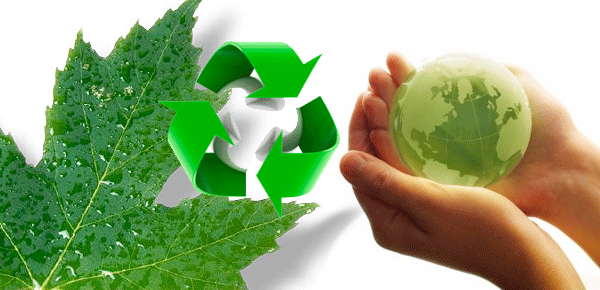Renewables ideas make world of difference
By Tim Radford
LONDON, 16 March, 2016 – Here is a snapshot of the future for the energy-aware. It may one day be possible to drive an electric car with a battery partly made with carbon dioxide from the air.
It may also be possible to recharge the same car in a garage covered with lightweight, flexible sheets of organic solar cells spread like wallpaper. And if that’s not enough, engineers might use energy from a bacterial fuel cell that generates current from the water flushed down their toilets.
None of these things is possible right now. All, any or none of them may mature to a commercial product. But each is an indicator of ingenuity, imagination and resource repeatedly demonstrated in the world’s laboratories to confront the coming crisis of energy and climate change.
Researchers in the US don’t just boast that their new car batteries are carbon-neutral: they are carbon negative. They report in ACS Science journal that they have shown that the graphite electrodes used in lithium-ion batteries in electric automobiles can be replaced with carbon recovered from the atmosphere.
Raw material
Since rising levels of atmospheric carbon dioxide − emitted from the combustion of coal, gas and oil − are what drives global warming, there is no shortage of raw material for the experiment.
And the team’s test batteries not only removed carbon from the atmosphere and released oxygen, they also converted the carbon element into carbon nanotubes that are stable, flexible conductors of electricity, and stronger than steel. The implication is that the same technique could also be used in batteries developed for the electric grid.
Cary Pint, professor of mechanical engineering at Vanderbilt University, Nashville, says: “This approach not only produces better batteries, but it also establishes a value for carbon dioxide recovered from the atmosphere that is associated with end-user battery cost, unlike most efforts to re-use CO2 that are aimed at low-value fuels, like methanol, that cannot justify the cost required to produce them.”
“Tracing the bacteria gave us a major piece
of the puzzle to start generating electricity
in a sustainable way”
Meanwhile, researcher in Israel have been experimenting with organic solar cells that generate current from sunlight, like their photovoltaic cousins made of silicon. Unlike the silicon variety, though, they can be mounted on thin, flexible sheets.
Until now, their value has been limited because the silicon cells deliver more energy.
But Nir Tessler, professor of electrical engineering at Technion-Israel Institute of Technology in Haifa, reports in the Journal of Applied Physics that he and colleagues have taken another step towards cost-effectiveness by improving the efficiency with which the organic solar cells convert sunlight into current inside the cell from 10% to 15%, and adding 0.2 volts to the cell’s voltage.
And they were able to increase system power by changing the fixed position of the electrodes in each cell. They didn’t have to devise new materials, they just tinkered with the structure.
Prof Tessler says: “It seems as if we have stretched the laws of physics with the aid of engineering.”
Electrochemical bacteria
Back in the US, scientists took a closer look at electrochemical bacteria, and foresaw the tantalising possibility of a new kind of hydropower: electric current from septic waste treatment.
Microbes break down waste, and use electrochemical energy to do so. One bacterial variety metabolises lactate to support cell growth. Another substrate called formate is oxidised by bacteria to release electrons for higher electricity generation.
A study published in Scientific Reports reveals that when these two substrates were combined, the output of energy became far greater.
The scientists had found a novel way of generating electricity. And while the research is still, essentially, microbiology, it offers a new path to power in the sewage treatment industry.
“Tracing the bacteria gave us a major piece of the puzzle to start generating electricity in a sustainable way,” says Xueyang Feng, an engineer at Virginia Tech College of Life Sciences. “This is a step toward the growing trend to make wastewater treatment centres self-sustaining in the energy they use.” – Climate News Network








